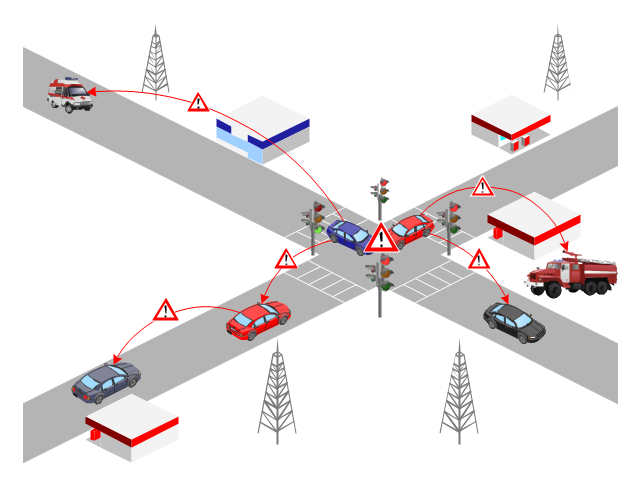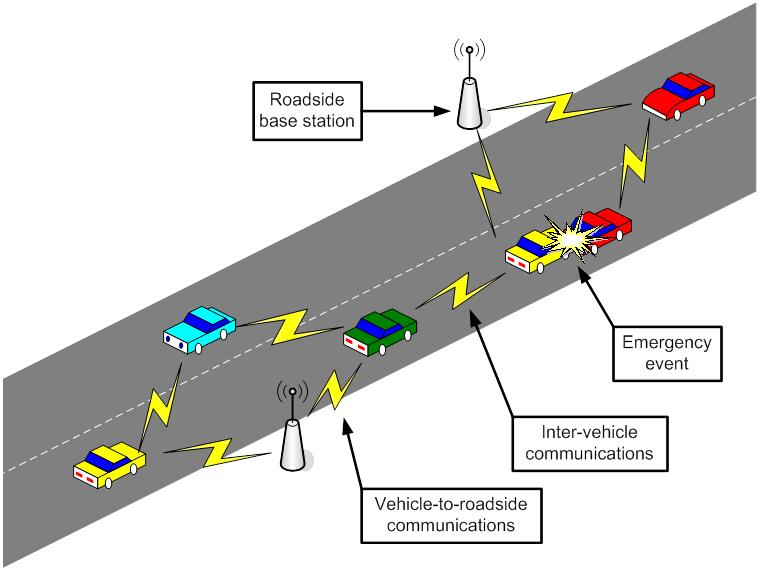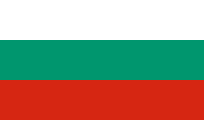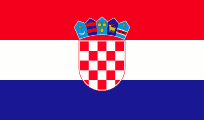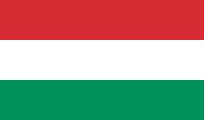Intelligent Transport Systems and Vehicular Ad hoc Networks
Lubomir Dobos and Tibor Kolos
Description
Keywords: Intelligent transport systems; Vehicular ad hoc networks; Car-to-car communications
H2020 challenge: Smart, green and integrated transport
Knowledge and skills (P: prerequisite; D: desirable, but not necessary): Basic knowledge in field of radio communications (P); Wireless communications basics (P); Interest in smart car systems(D); Mobile communications system basics (D)
In the near future the ITS will focus on the road transport, enabling introduction of different services from toll collection to driver assistant systems [2]. Subsystems of ITS will later act as the base of the autonomous car, or a “driverless car”. The ITS communication system in case of road transport is based on wireless ad-hoc communication [1], called vehicular ad hoc networks (VANETs).
The concept of leveraging wireless communication in vehicles has fascinated researchers since the 1980s. The last few years have witnessed a large increase in research and development in this area. Several factors have led to this development, including the wide adoption (and subsequent drop in cost) of IEEE 802.11 technologies, the embrace of vehicle manufactures of information technology to address safety, environmental, and comfort issues of their vehicles, and the commitment of large national and regional governments to allocate wireless spectrum for vehicular wireless communication. While cellular networks enable convenient voice communication and simple infotainment services to drivers and passengers, they are not well suited for certain direct Vehicle-to-Vehicle or Vehicle-to-Infrastructure communications. On the other hand VANETs, a direct communication between vehicles and to and from roadside units (RSU), can send and receive hazard warnings or information on the current traffic situation with minimal latency.
The major goals of these activities are to increase road safety and transportation efficiency as well as to reduce the impact of transportation on the environment. These three classes of applications of VANET technology are not completely orthogonal: for example, reducing the number of accidents can in turn reduce the number of traffic jams which could reduce the level of environmental impact. Due to the importance of these goals for both the individual and the nations, various projects are underway, or recently completed.
Five INNOSOC students, supervised by two INNOSOC lecturers, will collaborate on answering how intelligent transport systems and vehicular ad hoc networks can contribute to building sustainable transport systems of the future. These activities will be conducted as a part of the ERASMUS+ blended mobility and will be finalized during INNOSOC Zagreb 2016 workshop in late April 2016.
This Case Study deals with Intelligent Transportation Systems (ITS) and with Vehicular Ad-hoc Networks (VANET), which will be the technical background of the green, safe and economical road traffic in the future. Nevertheless, introducing elements of ITS requires international standardization, frequency management considerations and usage of interference resistant radio communication technologies.
The term VANET was originally adopted to reflect the “ad hoc” nature of these highly dynamic networks. However, since the term “ad hoc networks” has widely been associated with unicast routing related research, there is currently a debate among the pioneers of this field about redefining the acronym “VANET” to deemphasize ad hoc networking. Since this discussion is not yet reached consensus, we will continue to refer to Vehicle-to-Vehicle and Vehicle-to-Roadside communication based on wireless local area networking technology as a VANET.
Typically, applications are categorized as:
- “safety” applications (examples: traffic signal violation warning, curve speed warning, emergency electronic brake light, pre-crash sensing, cooperative forward collision warning, left-turn assistant, lane change warning and stop sign movement assistant);
- “transport efficiency” applications (examples: enhanced route guidance and navigation, green light optimal speed advisory and lane merging assistants);
- “information/entertainment” applications (examples: remote wireless diagnosis, tolling, point-of-interest notifications, fuel consumption management, podcasting and multi-hop wireless Internet access).
While working on this Case Study students will get familiar with up to date radio communication technologies and their application in the road traffic. They will study advantages and disadvantages of wireless telecommunication technologies, impacts of Intelligent Transportation Systems (ITS) and with Vehicular Ad-hoc Networks (VANET) to road safety, economics and logistics. The Case Study will give a traffic coordination systems overview for students studying in different countries of the EU.
Questions that need answers
- Which kind of sensor and telecommunication networks we need for application of driverless car in the future?
- Which type of information we should transmit in the Intelligent Transport Systems? What is the needed bit rate for different services?
- Which propagation properties have frequency bands allocated to ITS systems? Which telecom technologies are deployed on these frequencies? [3]
- What are properties of wave propagation in the road environment with obstacles and/or reflection?
- How can we calculate interference in Car-to-Car communications?
- What are properties of the Cooperative Forward Collision Warning service?
- What are options for Internet access in vehicles?
- What are potential applications for the Vehicle-to-Infrastructure opportunistic communications?
Case study supervisors

Lubomir Dobos
TUKE Team Leader, Lecturer

Tibor Kolos
Lecturer
Case study students

Tsvetan Marinov
INNOSOC 2016 Student

Tamás Kovács
INNOSOC 2016 Student

Božidar Tomić
INNOSOC 2016 Student

Dora Lendvai
INNOSOC 2016 Student

